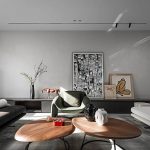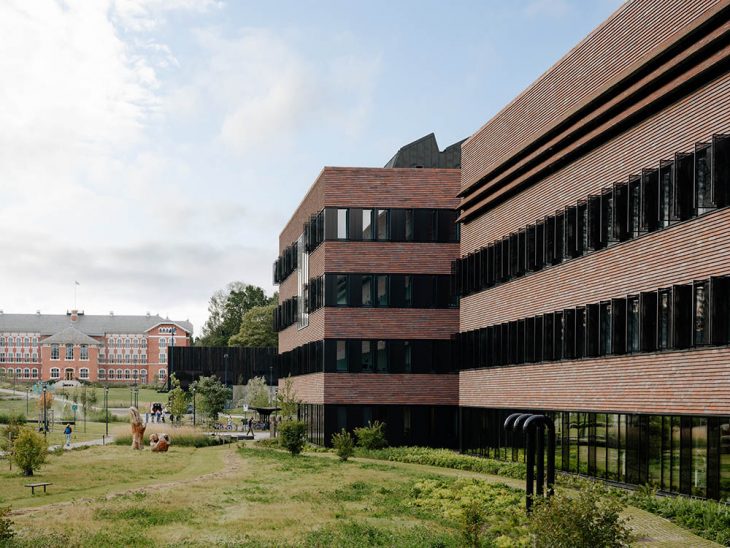
Henning Larsen designed a new veterinary building at the Norwegian University of Life Sciences (NMBU)’s Campus Ås. Focused on all creatures great, small and amoeboid, the 95,000 m2 building, brings together both research facilities and teaching space for veterinary medicine. Take a look at the complete story after the jump.
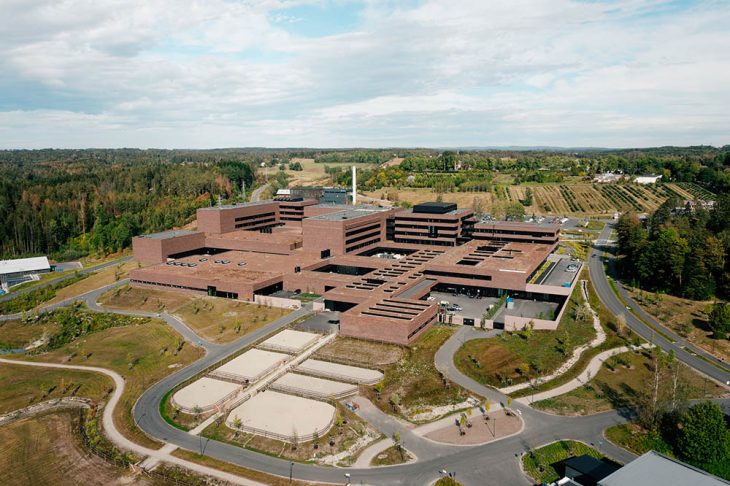
From the architects: The desire to understand the natural world has always been at the heart of human innovation but has gained critical urgency as globalism accelerates the cycle between our impact on the world and the world’s impact on us. The new Veterinary Building at Campus Ås, officially opened in the fall of2021, was conceived with this cycle in mind. It is the largest overall development in the university and college sector in Norway ever.
“It is the first campus of its kind,” says Karoline Igland, Head of Department at Henning Larsen’s Oslo office, who has played a major role in the project throughout the design and construction. “No building anywhere in the world unites the same range of researchers and experts or has the same requirements in terms of safety and readiness. In addition to being a technically advanced and highly secure facility, it also needed to be an open arena for students and faculty. The result you see today has required ten years of collaboration, research, and innovation.”
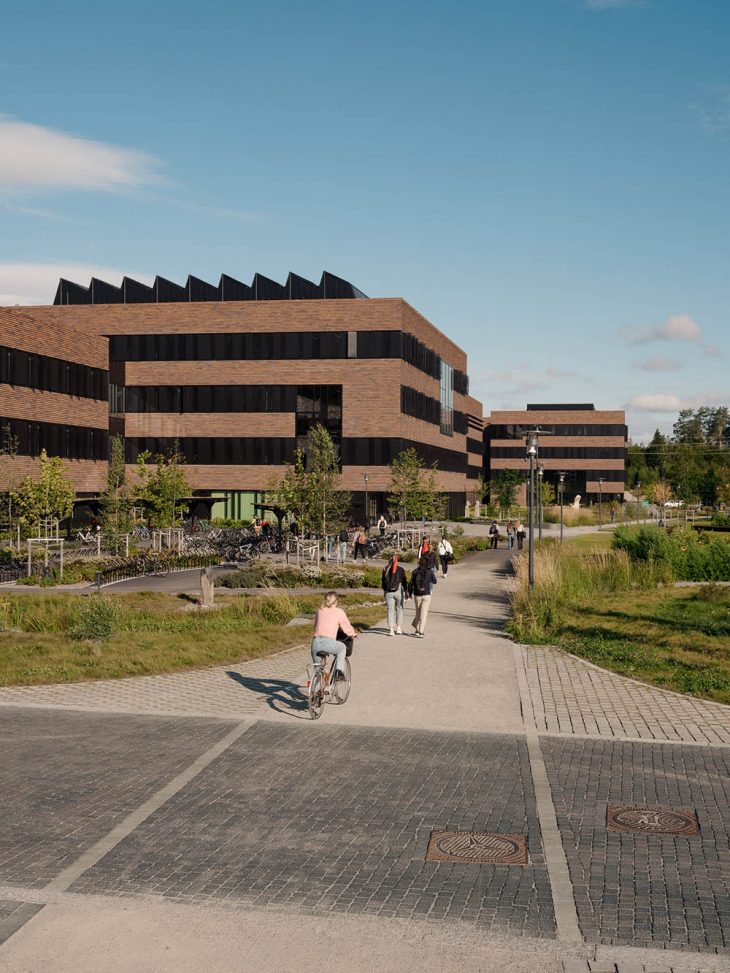
The Veterinary Building at Campus Ås is in fact eight distinct but linked buildings, uniting previously disparate resources (some of which were in Oslo, 30km to the north of NMBU’s main campus.) Developed for Statsbygg in cooperation with Multiconsult, Fabel Arkitekter, Link Arkitektur, and Erichsen + Horgen, the project is one of the largest and most complex construction projects ever undertaken in Norway.
A Building on a Mission
How do you design world-class research and learning facility, where people and animals can co-exist in a potential infectious and hazardous environment? The Norwegian government has set out to become one of the leading nations in education and research in biosafety and the spread of infectious diseases, and the new Veterinary Building at the Norwegian University of Life Science is designed to fulfil this ambition.
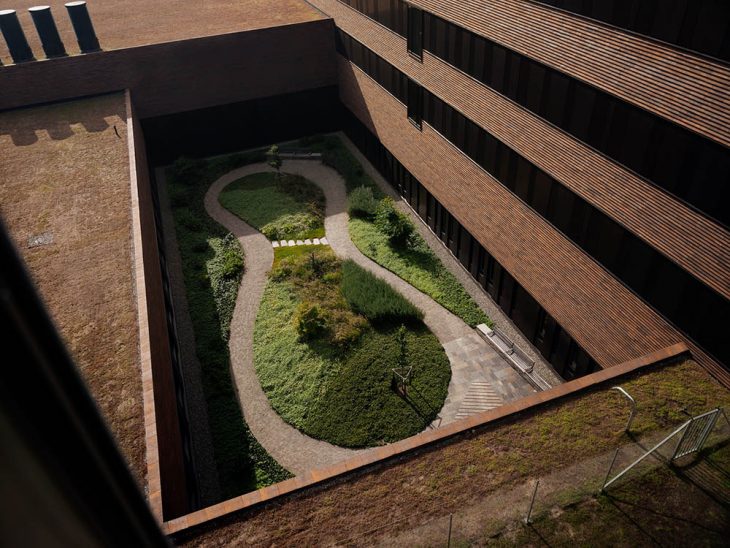
The project is a bridging of gaps between great and small, hazardous and safe, clinical and human, isolated and connected. Despite its vast scale, which packs over 2,400 rooms into the building’s 95,000 m2 of floorspace, the interiors at the Veterinary Building at Campus Ås feel almost cozy. The building rarely rises over four stories and is subdivided into eight wings which are themselves distributed between the building’s two primary programs: the Norwegian Veterinary Institute and the Norwegian University of Life Science.
The highly sensitive and even hazardous spaces the campus houses, such as the Veterinary Building’s laboratories for infectious disease research and surgical suites (and corresponding logistical spaces), are bound in the center, protected by a permeable barrier of public program that rings the campus’ exterior. Students and university visitors can venture almost all the way into the heart of the building without experiencing the risk intrinsic to the building’s function it is broken into smaller modules that can be individually locked down if needed rather than putting the entire facility on perpetual lockdown.
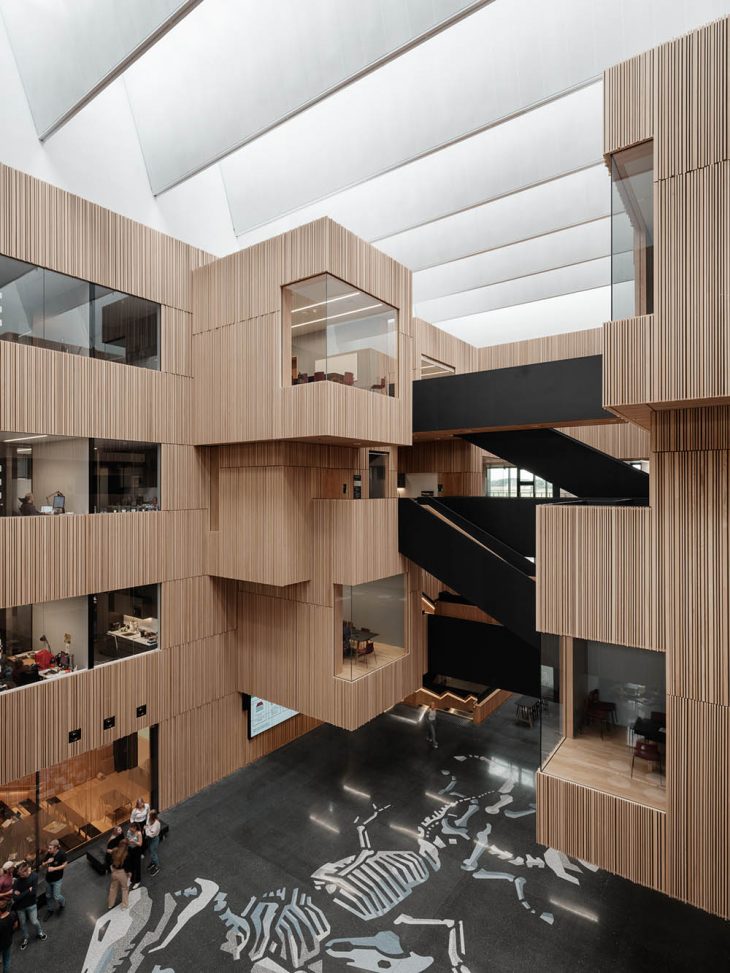
“The breadth of facilities at Campus Ås is unique and comprehensive by design,” explains Karoline Igland. “Breakthroughs happen when we share knowledge and work together, and Campus Ås combines both the highly technical and social spaces that foster those kinds of cooperations.”
World-Class Research Facility and Open Learning Environment in One
Where you learn can have a tremendous effect on your ability to take in and retain knowledge. Research in recent years (including that of Henning Larsen PhD researcher Krister Jens) has shown that informal and social spaces within higher education facilities can have measurable outcomes in learning and innovation. The interlinked structures of the Veterinary Building at Campus Ås function with this in mind: between the stables, aquariums, animal clinics, hydrotherapy pools, riding halls, BSL 3 laboratories, autopsy rooms, classrooms, offices, libraries, and canteens, social spaces make room for researchers, faculty, students, and visiting experts to meet and learn from each other – both formally and informally.
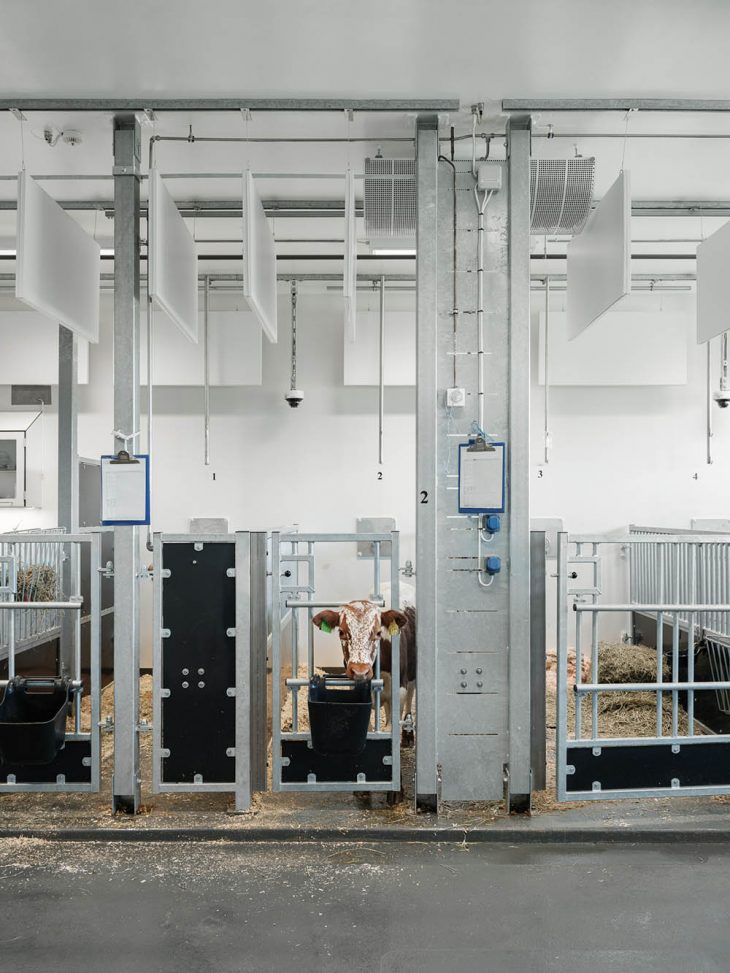
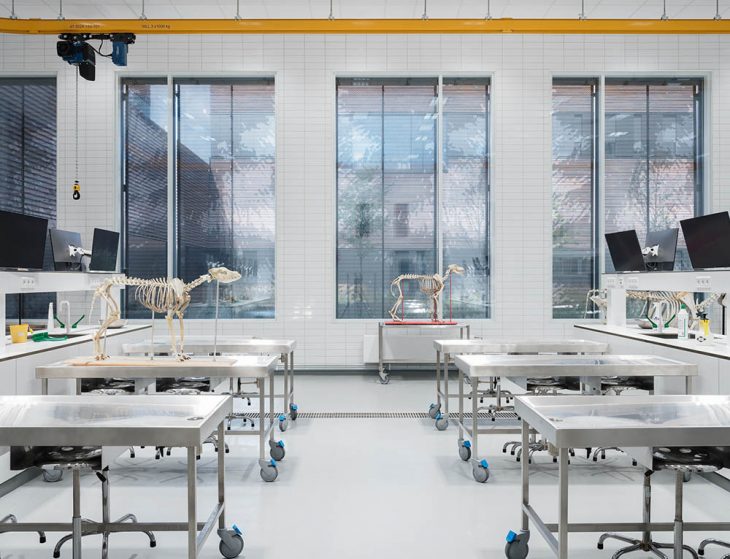
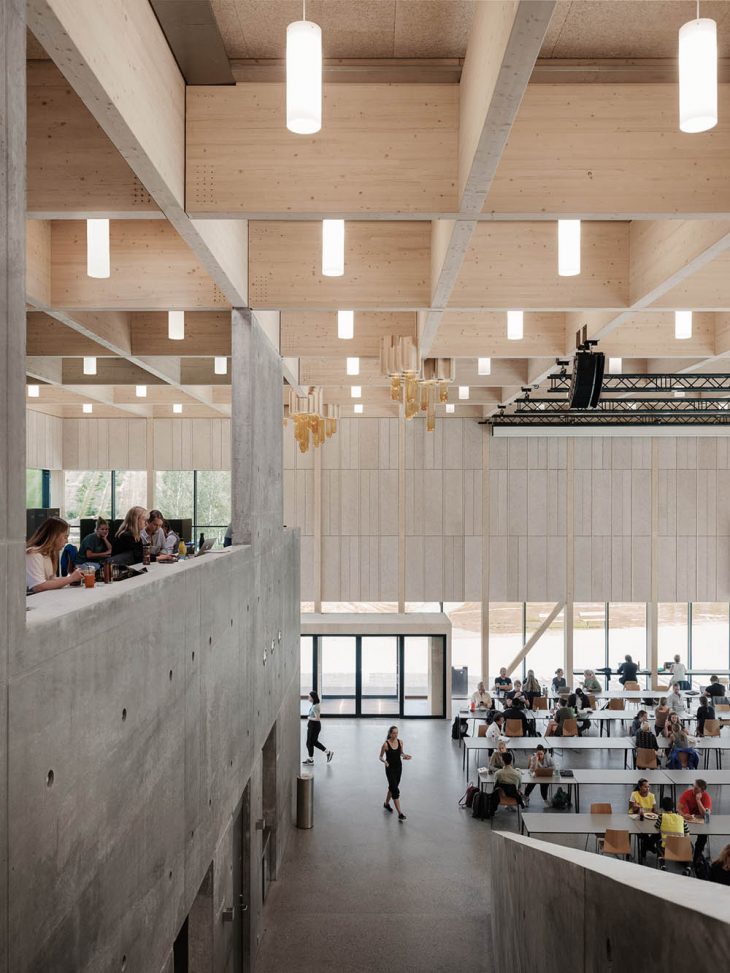
RELATED: FIND MORE IMPRESSIVE PROJECTS FROM NORWAY
Things are no less complex in the research/clinical areas where, rather than facilitating casual meetings between people, different spaces must be carefully separated to avoid cross contamination. Even the animals must be carefully separated, with veterinary program divided between small and large animal clinics and subdivided further to separate healthy/injured animals from those that are ill.
Fitting In, Standing Out
Behind the venerable original building on what was previously known as the Norwegian University of Agricultural Sciences on Ås, situated in an open landscape of soft hills, the long and low profile of the Veterinary Building at Campus Ås allows it to fit in to its campus surroundings while still standing out. In a beautiful park with plants, flowers and open waterways is the new Veterinary Building, matched in color to the antiquarian buildings on campus.
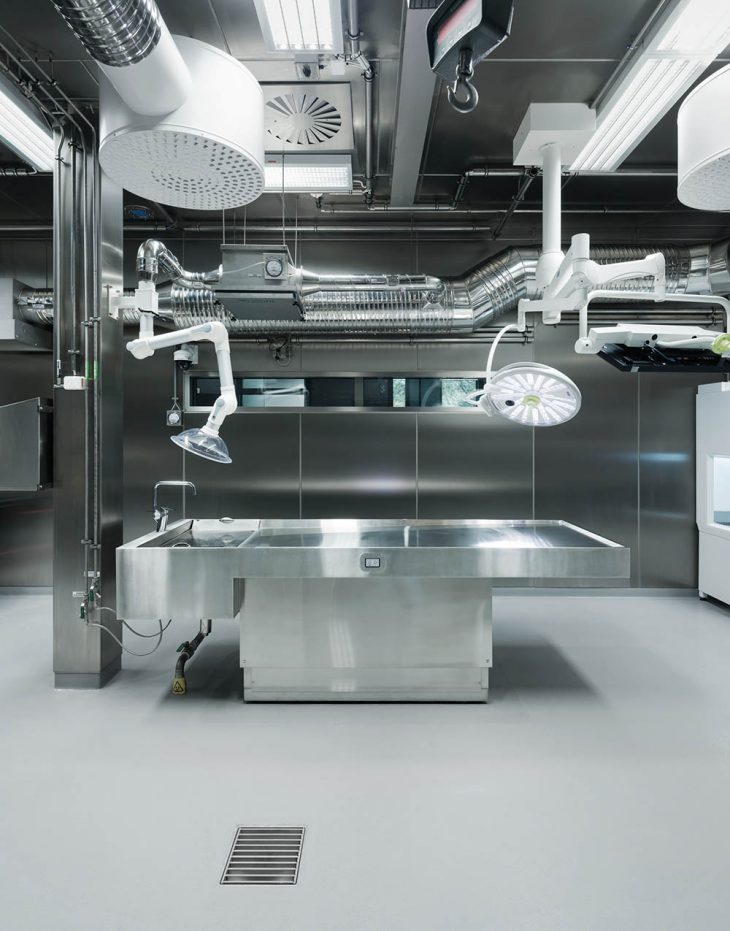
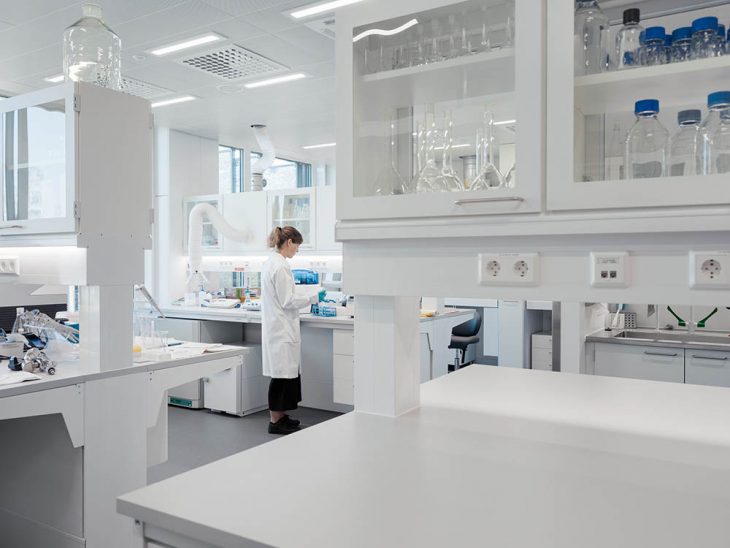
The façade is built up of over 300,000 hand-cut bricks, each coal fired to give them an individual sheen and texture. The reddish-brown hue of the bricks also matches the surrounding campus structures, some of which date back to the campus’ foundation in 1859. Native plantings surround the bulk of the new building and can also be found up above, where sedum roofs support a prosperous insect habitat.
The new Veterinary Building at Campus Ås officially opened on 1 September 2021 for 700 students and almost 1.000 employees.
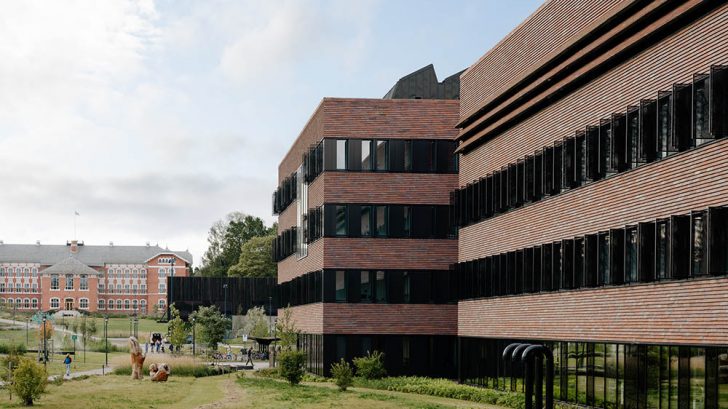
Project details:
Location:
Ås, Norway
Client:
Statsbygg
User group:
Faculty of Veterinary Medicine at the Norwegian University of Life Sciences
The Norwegian Veterinary Institute
Gross floor area:
63,000 m2 / 680,000 ft2
Construction period:
2013 – 2021
Type of assignment:
Competition
Scope:
Sketch proposal, concept design, detailed design follow-up during construction
Sustainability:
The new Veterinary Building at Campus Ås is a passive house and sustainability project in accordance withStatsbygg’s sustainability strategy.
Project team:
Multiconsult, Henning Larsen, Fabel Arkitekter, Link Landskap and Erichsen & Horgen
Building details:
Façade:
25,000 m2 / 270,000 ft2 exterior walls
300,000 hand-mounted bricks
8,000 m2 / 86,000 ft2 metal façade
Windows:
1,350 windows including shutters
Roof:
26,000 m2 / 280,000 ft2 roof
17,000 m2 / 183,000 ft2 of the roof is covered in sedum
Heating/cooling:
55 km / 34 mi of pipes for heating and cooling
Landscape:
190,000 m2 / 2,000,000 ft2 park
Find more projects by Henning Larsen Architects: henninglarsen.com


